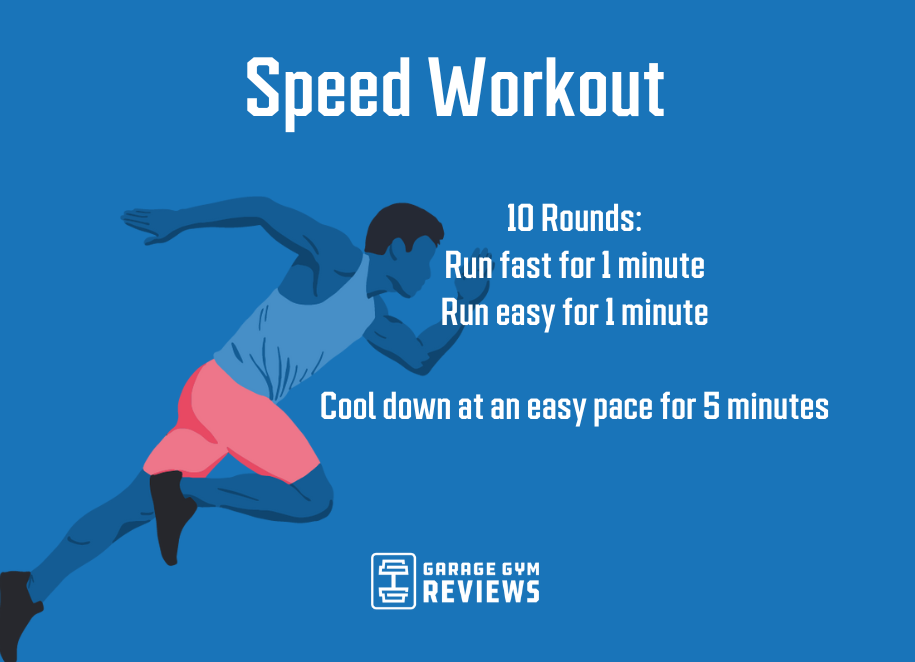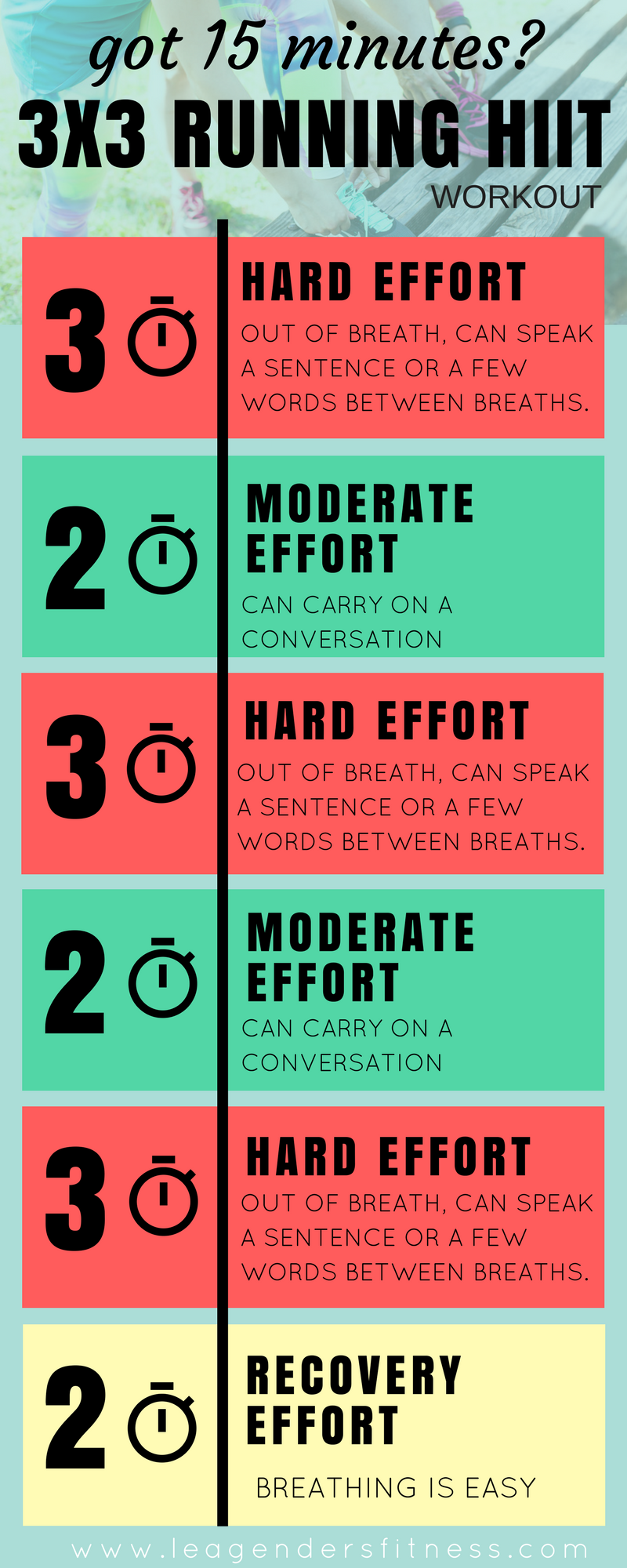Exactly How to Protect Against and Manage Pain in Running: Professional Tips and Recommendations
The quest of that runner's high can often be prevented by the undesirable friend of discomfort. There exist tried and tested approaches and skilled guidance that can aid reduce and take care of these discomforts, permitting you to concentrate on the delight of running itself.
Relevance of Proper Shoes
Correct footwear plays a crucial function in preventing and handling discomfort for runners, as it substantially influences their comfort, efficiency, and total foot health. When it involves running, wearing the right shoes can make all the distinction. Uncomfortable or improper footwear can cause a host of concerns such as blisters, shin splints, plantar fasciitis, and even a lot more severe injuries like tension fractures.
Picking the proper running shoes includes taking into consideration factors such as foot kind, stride mechanics, running terrain, and individual choices. Joggers with high arcs may require more cushioning and assistance, while those with flat feet might profit from security footwear. In addition, recognizing pronation (the inward rolling of the foot) and supination (the exterior rolling of the foot) can aid in selecting shoes that give the ideal level of arch assistance.
Buying top quality operating footwear that are appropriate for your private demands can aid protect against discomfort and pain while improving your running experience. Focusing on correct shoes is not almost efficiency however likewise regarding protecting your foot wellness over time.

Efficient Workout Strategies
Shoes choice is just one aspect of preparing for a successful run; an additional critical component is carrying out efficient warm-up strategies to enhance performance and reduce the threat of injury. A vibrant warm-up regimen prior to a run helps increase blood circulation to the muscle mass, improves adaptability, and improves the variety of activity of the joints. Dynamic extends like leg swings, high knees, and hip circles are valuable in preparing the body for the physical demands of running. Gradually raising the intensity of the warm-up workouts can help turn on the muscle mass and improve neuromuscular sychronisation.
In enhancement to dynamic stretches, including some light cardio exercises such as running or skipping rope can additionally elevate the heart rate and heat up the body. This combination of vibrant extending and light cardio aids loosen up tight muscle mass, lubricate the joints, and psychologically prepares the jogger for the upcoming workout (running strategy). By making warm-ups a constant component of your running routine, you can substantially reduce the danger of injuries and execute at your best throughout each run
Key Extending Workouts
When planning for a run, integrating essential stretching workouts is important to improve muscle mass adaptability and avoid injuries - Read More. Dynamic extends such as leg swings, high knees, and hip circles are beneficial for heating up the muscles and enhancing variety of motion prior to a run. These activities assist boost blood flow, loosen limited muscles, and prepare the body for the activity in advance
Fixed stretches like calf stretches, hamstring stretches, and quadriceps stretches ought to adhere to a go to aid in muscle mass recuperation and avoid rigidity. Holding each go for 15-30 seconds allows the muscle mass to loosen up and elongate, lowering the risk of post-run discomfort and prospective injuries.
In addition, incorporating yoga presents like down pet, pigeon pose, and spinal twists can target several muscular tissue groups concurrently, advertising total flexibility and stamina. Regular extending regimens not just improve efficiency yet likewise assist in preserving excellent running form and avoiding overuse injuries. Bear in mind, correct extending techniques are important for a secure and enjoyable running experience.
Recovery and Rest Techniques
After finishing a run, executing effective recuperation and remainder techniques is essential for making the most of performance and decreasing the danger of injuries. Additionally, including rest days into your training routine is important to prevent overuse injuries and fatigue.
Active recuperation techniques such as mild extending, foam rolling, and yoga can assist boost circulation, decrease muscle discomfort, and boost flexibility. It is likewise beneficial to prioritize hydration and nourishment post-run to restore electrolytes, glycogen shops, and promote muscle healing.
Cross-training tasks like swimming official site or biking can give a break from the repetitive effect of running while still preserving cardio health and fitness - running strategy. Listening to your body and recognizing when it needs a break is crucial to stop chronic injuries and guaranteeing long-lasting running success. Keep in mind, remainder is not an indicator of weak point yet an essential element of a well-shaped training routine
Cross-Training Conveniences

Moreover, cross-training help in protecting against psychological burnout by including range to your workout regimen, maintaining you motivated and involved in your health and fitness journey. It allows you to deal with different facets of physical fitness that may not be targeted only with running, resulting in a more well balanced and well-rounded professional athlete. Furthermore, cross-training can help boost running effectiveness by addressing muscle imbalances and weak points that may prevent performance. On the whole, incorporating cross-training into your routine can result in improved endurance, speed, and overall sports performance while lowering the probability of injury.
Verdict
Finally, correct footwear, workout methods, extending exercises, recuperation methods, and cross-training are necessary components in protecting against and taking care of pain in running. By including these practices into your regimen, you can reduce the danger of injury and pain while optimizing efficiency and satisfaction of the sporting activity. Read More. Bear in mind to listen to your body, prioritize remainder and healing, and seek expert guidance when needed to guarantee a risk-free and effective running experience